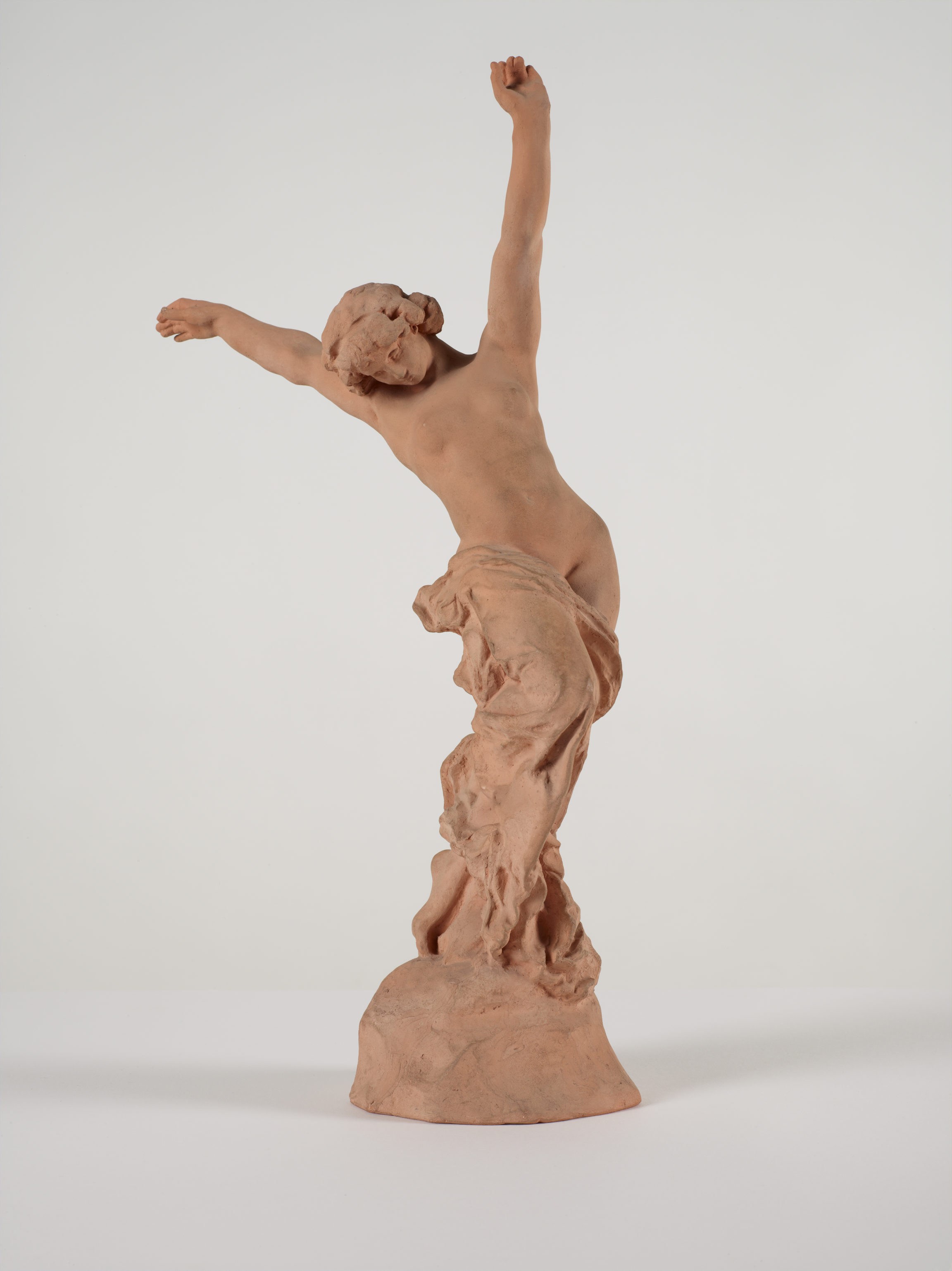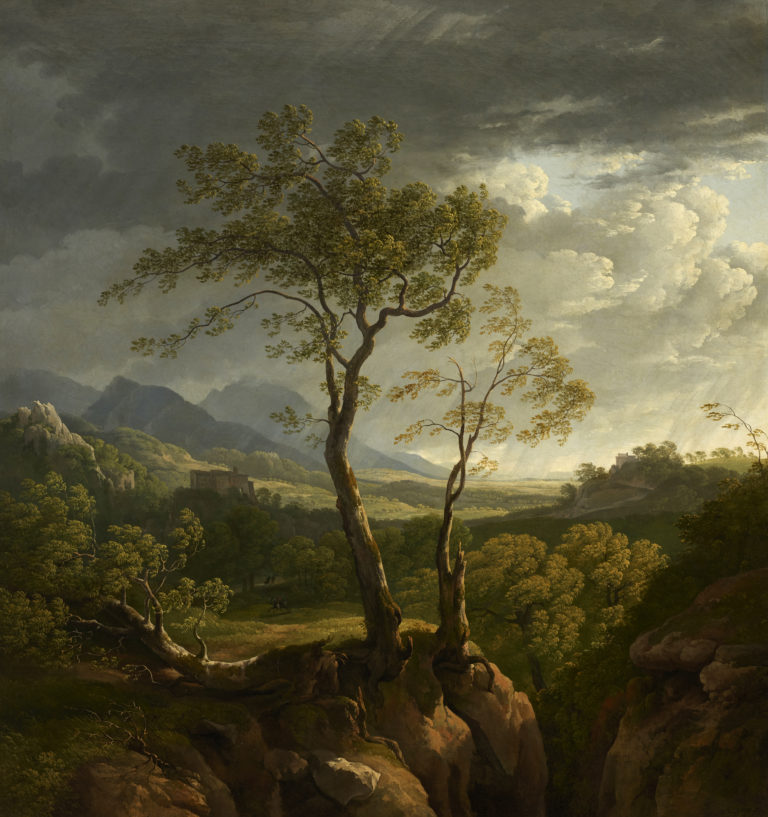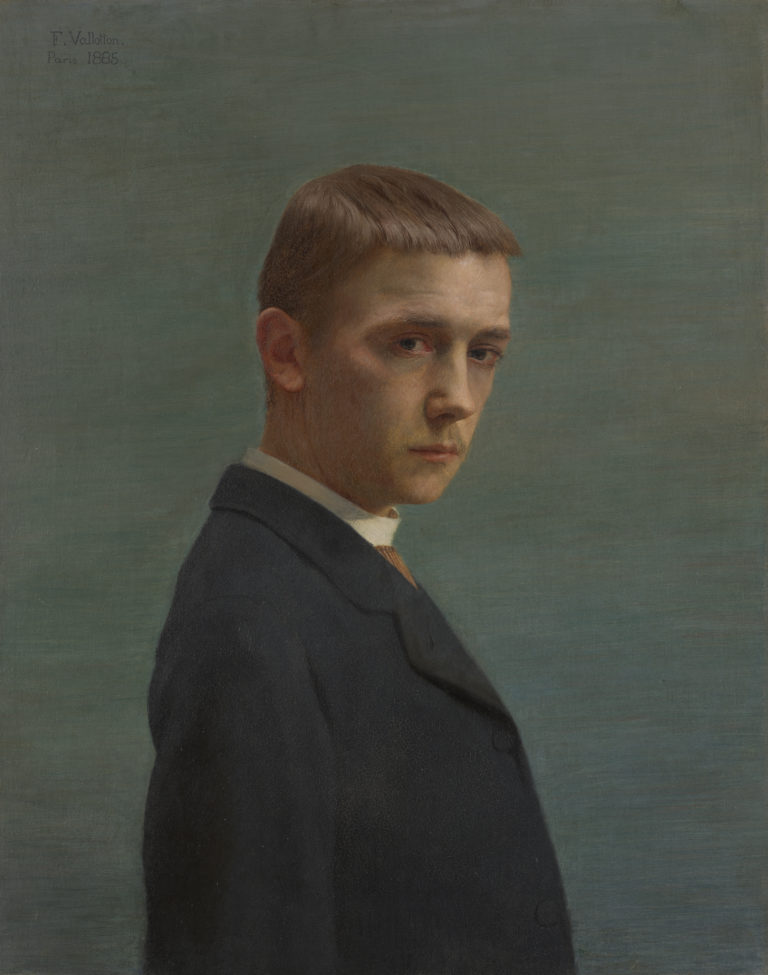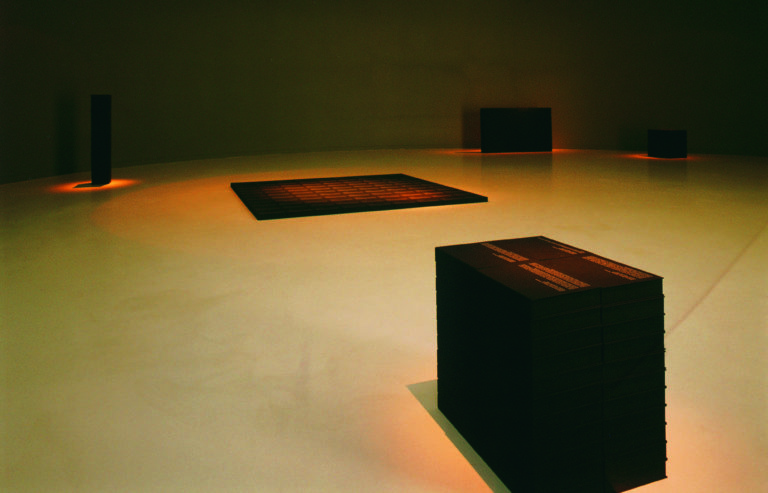Bibliography
Edwige Métivier (eds.), Desbois Danse : 1892-1912, exh. cat. Parçay-les-Pins, Musée Jules Desbois, 2011.
Anne Pingeot et Antoinette Le Normand-Romain, Catalogue sommaire illustré des sculptures, Musée d’Orsay, Paris, RMN, 1986.
Véronique Wiesinger, « Jules Desbois (1851-1935), sculpteur de talent ou imitateur de Rodin ? », Bulletin de la Société de l’Histoire de l’Art Français, 1985, p. 315-330.




Jules Desbois showed an interest in subjects from Antiquity early in his career, presenting at the 1875 Salon a prize-winning Orpheus that was subsequently acquired by the French state. The subject and pose were not strikingly original, but the figure’s elegance and undeniable artistry brought Desbois a degree of acclaim. From the mid-1880s, he worked under Auguste Rodin, whose influence led Desbois to turn away from a traditionalist style, though his subjects remained somewhat conventional. He expressed his new sense of creative freedom in the decorative arts, producing statuettes like this Salome.
Here, Desbois captures Salome’s dark powers of seduction. The Biblical Jewish princess rose to unprecedented prominence in the latter half of the nineteenth century and the early twentieth in the writings of Gustave Flaubert and Oscar Wilde, the music of Jules Massenet and Richard Strauss, and the paintings of Gustave Moreau. After dancing for Herod at a feast, Salome demanded the head of John the Baptist on a platter. Desbois translates the cruelty of the narrative in the violence and brutality of her dance. The lascivious pose, an overt appeal to male desire, is tempered by the closed thighs hidden by her veil and the base that almost seems too narrow for a statuette that threatens to topple over. The work is a masterpiece of elegance, gesturing to Antiquity in the treatment of the clingy folds of fabric and to mannerism in the dynamic, twisting pose reminiscent of Giambologna.
Desbois was to return to similarly twisted poses in a number of clothed and nude female statuettes with Art Nouveau overtones. These later renderings of Phryne and Sappho are boldly sensuous, typical of early-twentieth-century aesthetic tastes.